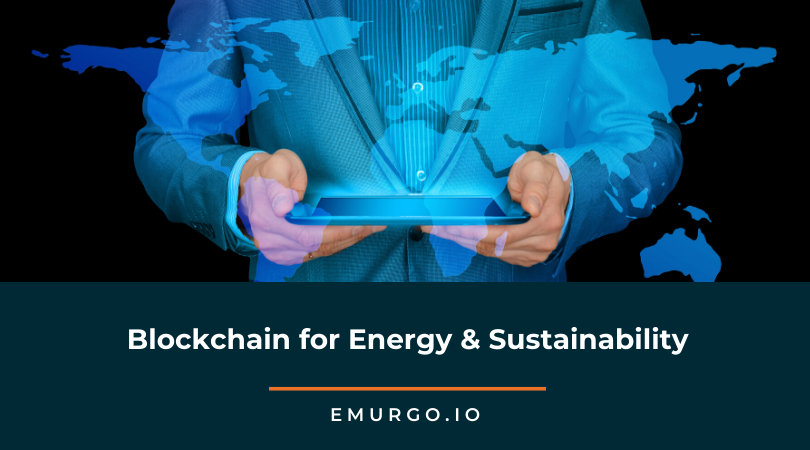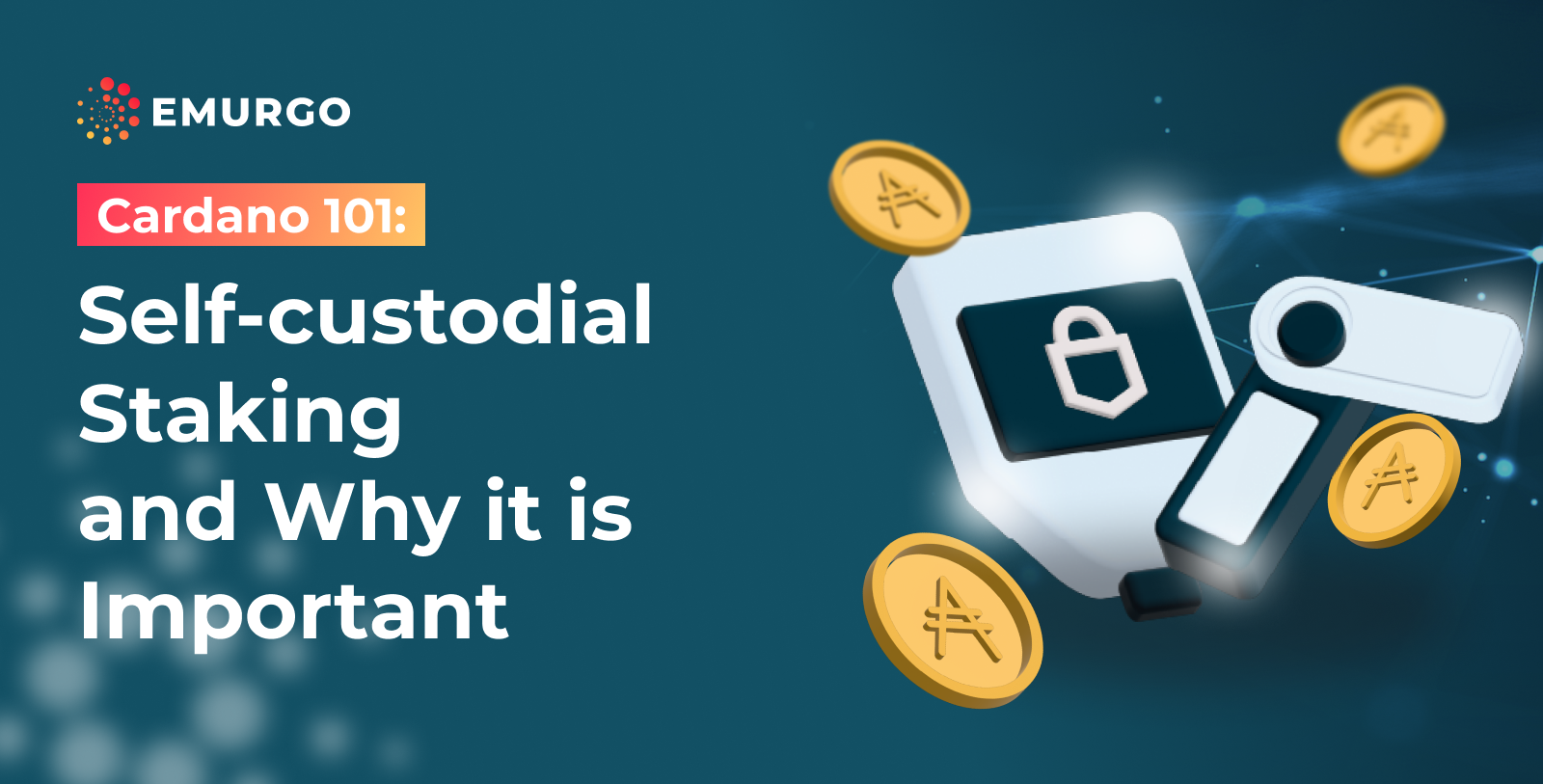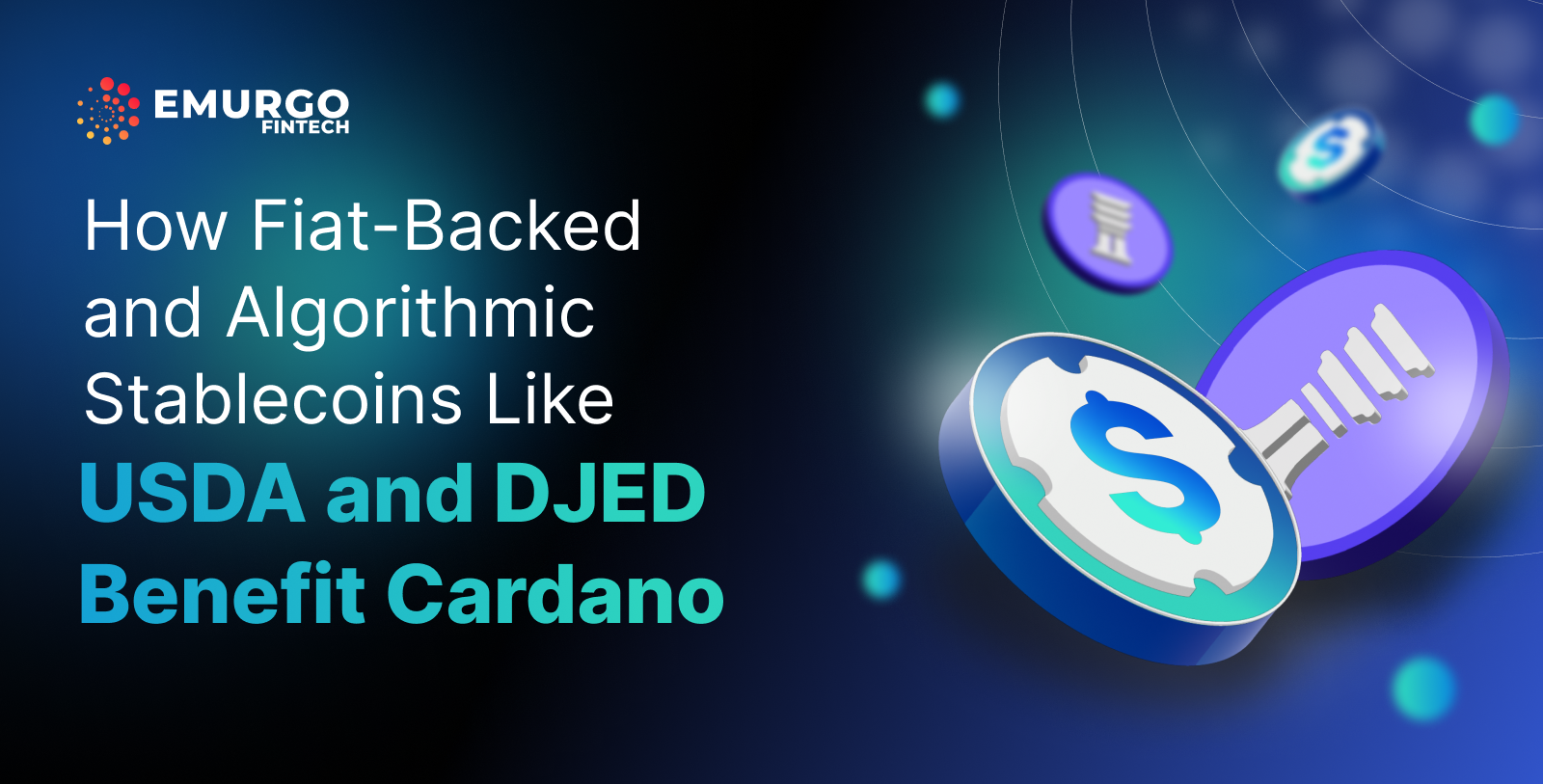Energy and sustainability are vital for our future on Earth. Achieving sustainability on a global scale is a desired goal which would benefit everyone. It is important for our collective wellbeing and for future generations. Unfortunately, sustainability efforts are hamstrung by the tragedy of the commons. This is a situation where individuals behave against the common good (i.e. sustainability) independently out of their own self-interest. While sustainability is a desirable outcome for everyone globally, individuals acting in their own best interest are unwilling to bear the burden of sustainability efforts if it costs them dearly. Individuals will, on average, engage in un-sustainable behavior if it is easier, cheaper or necessary for them to do so in the short run. Achieving long-term sustainability is therefore a distributed problem requiring all to take coordinated efforts which, when achieved, can benefit everyone. So, how will this be achieved with the help of blockchain technology?
Blockchain: Aligning Individual Incentives with Collective Group Incentives
Blockchain is a great example of a new technology which achieves a shared, positive goal while overcoming the tragedy of the commons. In a distributed, global blockchain such as Cardano, individuals act in their own best interest which also simultaneously helps to achieve the shared collective goal of keeping the network running securely. Anyone can run or delegate to a stake pool which keeps the blockchain updated through validating blocks of transactions. No central coordination is required to keep blockchains such as Cardano running. If everyone acts in their own best interest, the blockchain network as a whole will also benefit.
Blockchain achieves this common good by aligning incentives to individuals’ actions. For a stake pool operator, contributing to the health of the network by running a stake pool brings financial rewards (ADA payments). Those who delegate to stake pools also receive rewards. A decentralized, collective treasury system being introduced in the Voltaire era of Cardano also funds projects which contribute to an overall healthy ecosystem. This is a unique feature of blockchain technology whereby collective best interests are aligned with individual interests.
“So What?” – Why is Blockchain Relevant for Energy and Sustainability?
Blockchain can coordinate the efforts of people globally to achieve a more sustainable future through these aligned incentive structures. Blockchain enables multiple parties to act in a way that is long-term and sustainable rather than short-term and transactionary. This allows for better, more sustainable outcomes. Let’s explore in-depth some of the ways that blockchain can improve energy and sustainability outcomes globally.
How Blockchain Helps Energy & Sustainability
#1: Peer-To-Peer Investments for Sustainable Energy Infrastructure
Blockchain technology can help build renewable energy infrastructure in areas where investment capital is not readily accessible. Energy infrastructure, such as solar panels, hydroelectric stations and wind farms require large up-front capital costs but have a positive return on investment over a long-term time horizon. This investment has the potential to be represented as a Security Token Offering (STO) on the blockchain. Security tokens can bring much-needed immediate capital to sustainable energy projects in parts of the world where traditional private or government funding is not easily available.
Blockchain enables this form of investment through the ability to issue and sell tokens, create programmable smart contracts which define the rules of an investment, and enable capital to quickly flow across geographies and borders. Investment conditions and transactions can be documented in a fast and cost-effective way on the blockchain network with transparency to stakeholders.
Ultimately, investors can see their investment returned and exceeded as local residents pay for the use of such clean energy infrastructure. The tokens which originally represent the infrastructure could be sold to the community, providing them with full ownership of the asset while financially rewarding the investors.
#2: Direct Energy Payment Channels
Blockchain can be an entirely separate financial system for energy payments. This allows for more control over payments, better payment automation, and reduced fees to be taken by providers. Smart contracts could allow conditions to be set where energy payments are automated when a certain amount of power is used by a person or household, allowing for immediate payment settlement with transparency. Data from the meter could be fed in through oracles such as sensors directly to the blockchain. This would bring a fairer, more accurate bank of information on energy consumption in a household.
Furthermore, customer energy data which lives on a blockchain could be valuable for getting a better deal when switching providers. Consumers with a proven track record on the blockchain would simplify and speed up switching of energy suppliers. Enhanced mobility in the market could increase competition and potentially reduce energy tariffs.
Secondary Energy Markets
The primary energy market is a direct sale of energy to consumers. The secondary energy market would be where consumers trade energy between themselves. Peer-to-peer energy trading occurs where individuals can produce, store and trade excess energy with other participants. As alternative energy sources such as solar roofs become more commonplace, residents in a certain area could benefit by trading unused energy they generate with each other. This could reduce wasted energy in the market and create better outcomes for all.
Where is Blockchain for Energy & Sustainability Applicable in Today’s World?
- Replacing Existing Unsustainable Options
Many citizens and industries rely on non-renewable fuels such as wood or coal for survival. People suffer enormous health problems stemming from a lack of alternative, clean energy sources as a result. Air pollution due to this lack of clean energy sources decreases the quality of life for everyone. However, individuals acting in their own self-interest will not achieve a better collective outcome. Blockchain technology provides an alternative, quick, and secure source of capital for such people to survive and thrive on cleaner alternatives.
- Communities Building Sustainable Futures
Blockchain can benefit communities who want to take their own economic destiny into their own hands by improving their energy capabilities. Blockchain brings capital to areas of the world where no capital is easily available. Communities who have access to the capital with which to build energy infrastructure such as solar panels can improve their access to Internet-based services such as online education and access to everyday appliances for lighting, cooking and heating that many take for granted. Blockchain’s ability to create immediate peer-to-peer money transfer anywhere globally, allows this to happen. The technology can also facilitate the trading of energy where the infrastructure already exists.
Conclusion
Sustainability is a global problem which requires a collective solution. Blockchain accelerates sustainability by aligning incentives to better outcomes. Investments in clean energy projects become possible where it wasn’t before. Less waste becomes possible with better trading platforms and energy exchanges. Better payment rails brings better value for money. All of these are real benefits that blockchain facilitates. The result is a system more aligned to a better future.



